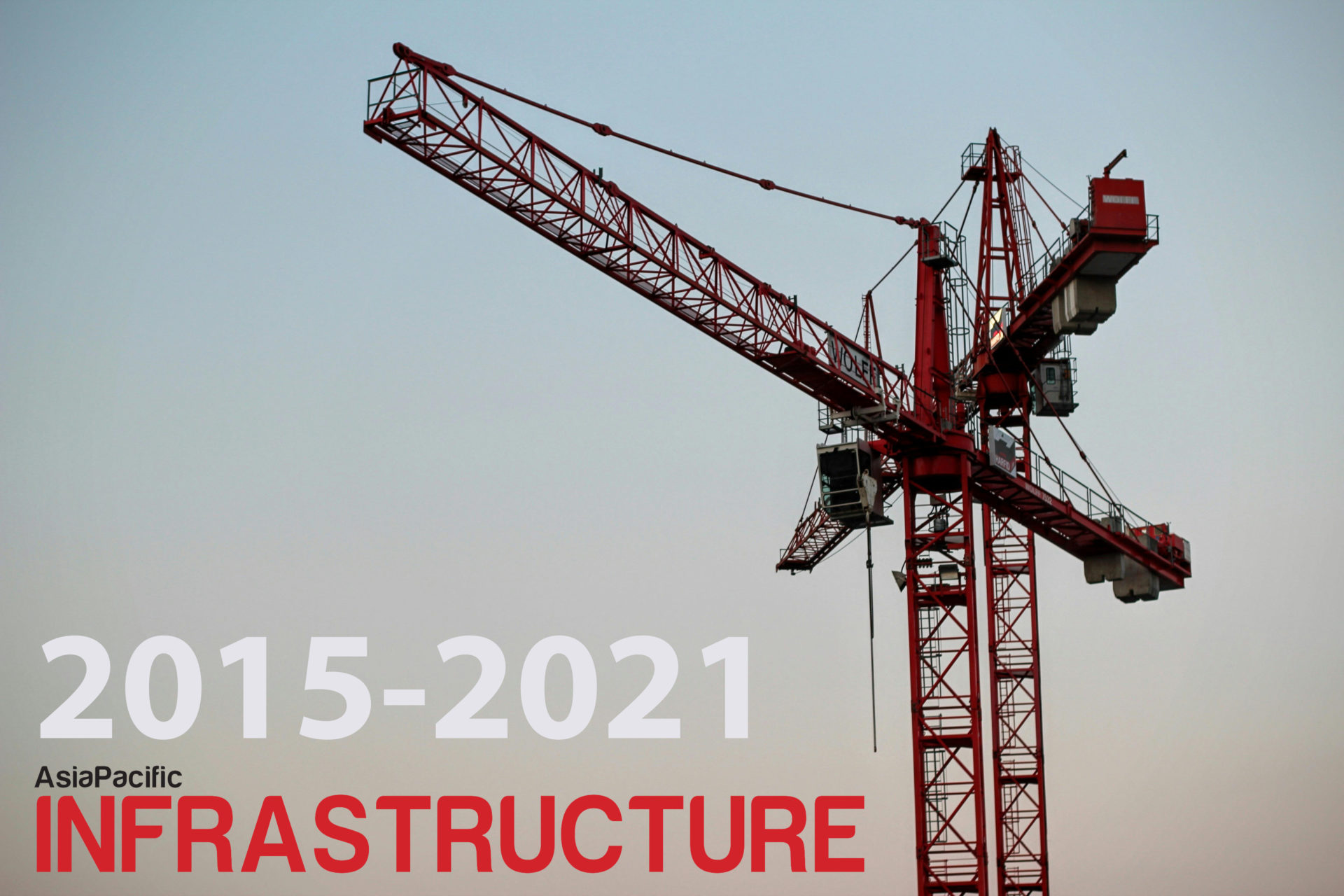The Auckland Light Rail has the potential to revolutionise the city’s public transport network – but only if done right, says Anderson Lloyd Partner, Anton Trixl

The Auckland Light Rail was one of the most ambitious projects for the Auckland region, set to transform the public transport network. However, it got caught in an internal battle between the previous Government’s coalition partners over their different visions for the project.
The 2020 election has dawned a Labour party majority, and with it, a second chance at getting the Auckland Light Rail project moving.
Phil Twyford, former Minister for Transport, was right to claim that Auckland Light Rail will be one of the most complex infrastructure projects in decades, and it’s vital to get it right for future generations, but most importantly, local businesses and residents who will be directly impacted by the ongoing construction.
While the potential benefits are enticing, light rail projects are notoriously complex to plan and pull off. We only need to Australia to see the major problems plaguing the Sydney Light Rail project, an unfortunate showcase of the risks of urban light rail development, namely cost blowouts, lengthy delays to construction, legal battles and prolonged disruption to businesses and residents. The Sydney project is a key source of learning to understand the importance of rigorous planning to pull off a successful light rail project for the first time in New Zealand.
From our own experience with complex public-private infrastructure projects, here’s what Anderson Lloyd’s recommended focus areas are to progress Auckland Light Rail and to achieve the best possible outcome for Auckland and New Zealand Inc.:
- With huge investments on the line and long periods of disruption for commuters and small businesses, air-tight planning is essential to keep work schedules on track and budgets under control. Major cost and time overruns are the obvious concerns. These can be prevented through development of a comprehensive project scoping plan that addresses all known and unknown risks, building them into the project and ensuring the project is not rushed into delivery if the issues have not been resolved.
- Use centralised political power to mobilise and drive alignment between central government, state owned enterprises, council-controlled organisations and agencies to develop a unified front. Major projects in New Zealand have suffered where government agencies’ incentives weren’t aligned to the project’s success, so identifying these issues early and developing a plan for forging that alignment will be integral to the success of the Auckland Light Rail project.
- Understand the risk averse New Zealand contractor market and recognise the reluctance of contractors to take significant risk on fixed price contracts. The Government will need to drive a procurement package that will achieve a sustainable outcome.
- Understand which underground utilities will be affected, who owns them and how work to move them will be done before any ground is broken.
- Plan for the impact on local businesses and residents on the route. These businesses shouldn’t be the victims of the project. They are likely to suffer the most inconvenience from the construction, which could have a disastrous impact on trading on top of the impacts from Covid-19. Appointing a local representative for businesses will provide a platform to voice concerns, and in turn will ensure the Government are keeping this key stakeholder group close and informed.
Unlocking opportunities for New Zealand’s future
If all goes to plan, there’s no denying the Auckland Light Rail will bring a plethora of benefits to residents living and working in Auckland. With the city projected to have a population of 1,844,000 by 2025, totalling 37 per cent of the country’s total population, a revitalised public transport network is imperative to enhancing Auckland as a thriving city.
Over time, Auckland Light Rail will be a game changer for commuters. An avid cyclist and self-confessed public transport fan, I’m looking forward to the light rail providing predictable and convenient journeys into the city and challenging the core Auckland belief that you can’t get around the city without a car.
Importantly, light rail provides a sustainable method of transport and will play a significant role in reducing carbon emissions as it hopefully becomes the transport method of choice for the thousands of commuters travelling into the city each day.
The positive impacts from light rail can also ripple to wider New Zealand. Auckland is the engine of our economy and unlocking this potential will bolster economic recovery in the long term.
If managed and executed successfully, we believe the Auckland Light Rail project will play an important role in providing efficient public transport to areas that are currently under-served. We believe this project has the potential to create a more connected city and will be watching closely as the Government takes on the challenge.
 Anton Trixl is a partner at Anderson Lloyd and a specialist in the energy and infrastructure sectors. He has advised on project development, construction, joint ventures and M&A in the energy and infrastructure sectors in over 30 countries for more than 15 years
Anton Trixl is a partner at Anderson Lloyd and a specialist in the energy and infrastructure sectors. He has advised on project development, construction, joint ventures and M&A in the energy and infrastructure sectors in over 30 countries for more than 15 years




